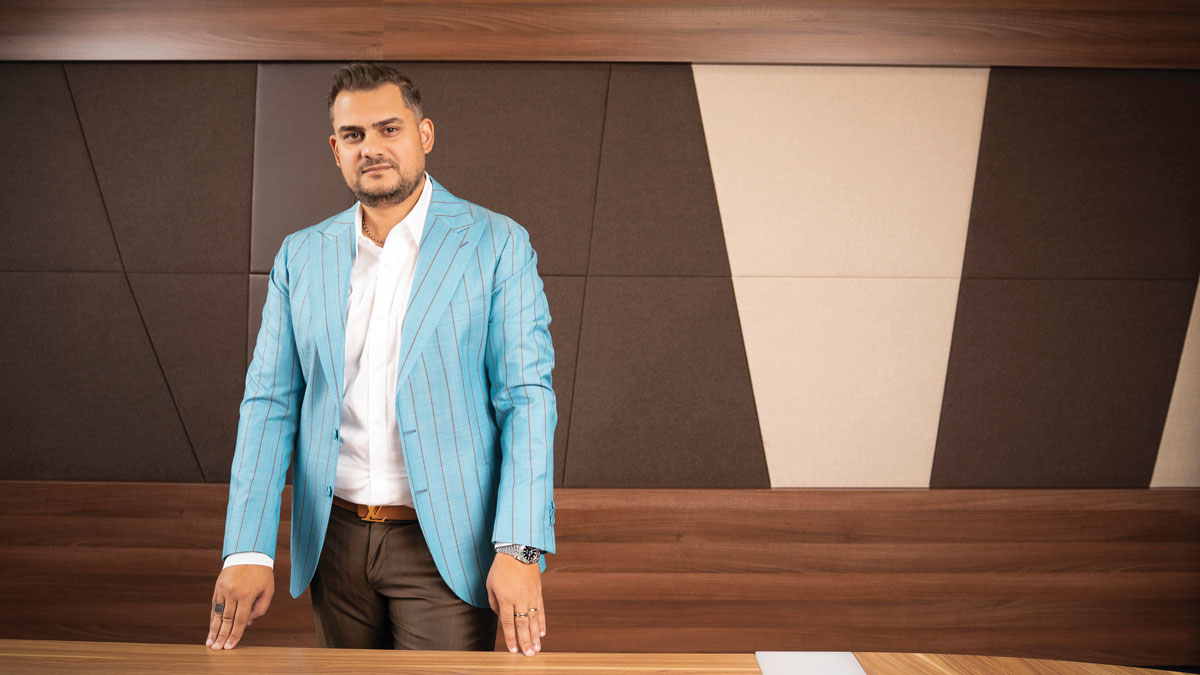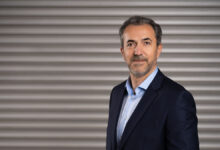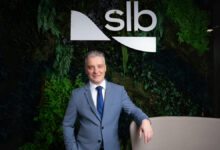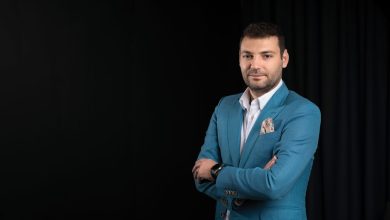Adrian Stan, Founder and Chairman of the Board: AJ BRAND’s Vision for a Greener Future
During our conversation, Adrian Stan – Founder and Chairman of the Board at AJ BRAND, reveals the company’s vision for a green future and underlines the role of cultural transition in the struggle for a clean planet.
AJ BRAND, a group with two companies, AJ Renewables and AJ Construction, is dedicated to sustainable and renewable energy solutions. The group started as an electrical subcontractor, AJ Construction, but soon became a respected EPC contractor with a strong brand image in the Renewable energy field. In 2021 was created AJ Renewables.
Adrian Stan is the Founder and Chairman of the AJ BRAND, with over 15 years of expertise in the renewable energy sector, both in Romania and internationally. He has been involved in the development of complex renewable energy projects, including wind and photovoltaic systems.
Dear Adrian Stan, to start off this conversation, tell us please, in a few words, the story of the AJ BRAND group.
Adrian Stan: Our journey began with some of the pioneering renewable energy projects in Romania, including wind farms in Agighiol, Sarichioi, Vutcani, Zephir, and Cernavoda, and solar projects like Podari for Enel Green Power. We built a strong and dedicated team, but as the local project pipeline slowed down, we faced a crucial decision: either shift our focus to areas we didn’t specialize in or look outward. We chose to expand our horizons, taking on large-scale projects in Spain, Portugal, and Italy. The trust of leading global clients has been key to our success, and it’s been a thrilling ride ever since.
With more than 3300 MW executed in wind farms and PV plants as BOS and EPC, how do you assess the evolution of the renewable energy sector in Romania compared to other EU countries?
Adrian Stan: While Spain’s market is highly competitive and well-established, with many experienced entrepreneurs, Romania still lacks a robust network of local options. While there are foreign companies operating here, clients often place their trust in local companies that truly understand the system. Working with TSO (Transelectrica) and managing the complexities of projects that impact the National Energy System (SEN) requires a deep knowledge of local procedures, making a trusted local partner invaluable.
Right now, Romania is at a critical turning point – some projects are unlikely to come to fruition, while others, well-developed and ready for financing, are set to move forward. It’s an ideal momentum we’ve been preparing for. At present, AJ BRAND has secured multiple projects in Romania totalling 74 MW, 60 MW, 265 MW, 298 MW, and 160 MW, and has an equally strong presence in Spain. Without a doubt, we’re the largest local EPC, ready to capitalize on this exciting phase of growth.
As a general manager in many renewable projects from Romania, Italy, Spain, and Portugal, you gain expertise in this sector. How do you integrate learning in your day-to-day work?
Adrian Stan: Working internationally has exposed us to cutting-edge technologies like energy storage, data centres, and photovoltaic trackers-innovations that are still relatively new to Romania. This global experience allows us to stay competitive and deliver projects in the most efficient way possible.
One of the most valuable lessons we’ve applied is the importance of safety training. A well-trained team not only minimizes workplace accidents, but also performs with precision. This translates into smoother installations and higher efficiency, particularly in executing delicate tasks like connections, splicing, and terminal testing, and overall faster project delivery. By adopting international best practices, we’re able to optimize processes, saving time and money for both us and our clients. Ultimately, it’s about bringing the best of global expertise into our daily operations to consistently improve outcomes.
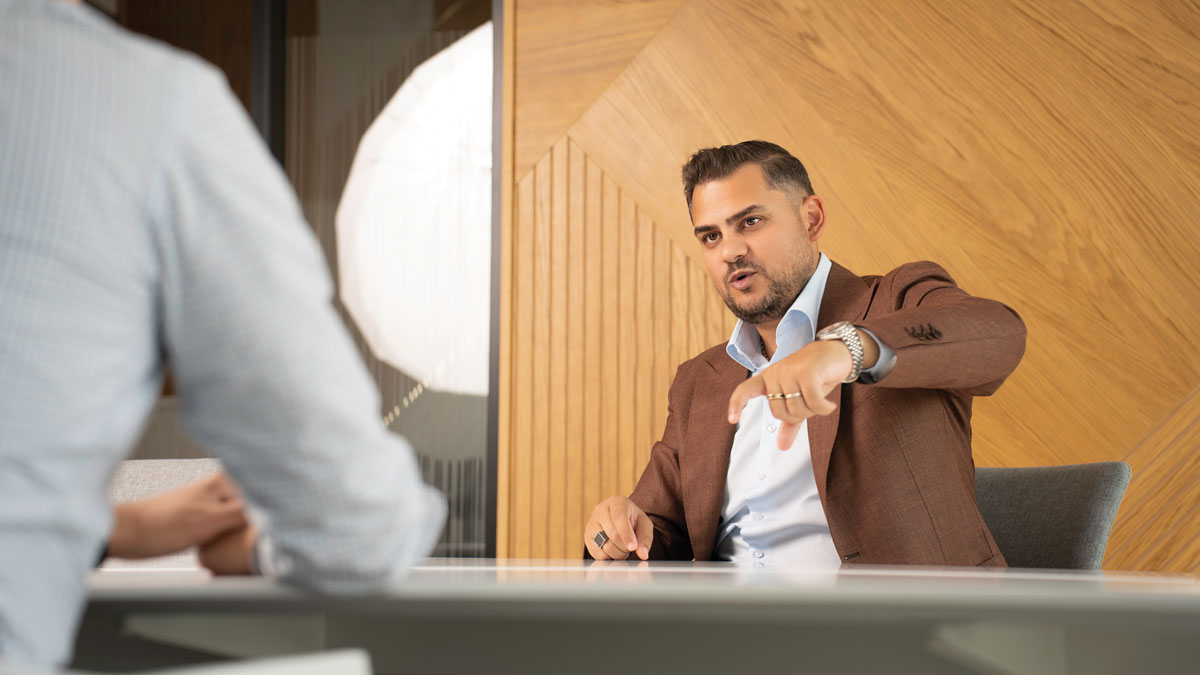
AJ BRAND announced new contracts in Romania – a full EPC and O&M contract for a 73.6MW Slobozia Photovoltaic Plant, Ialomita County, and a full EPC contract for a 60 MWp photovoltaic plant in Pielesti and Robanesti, Dolj County. What are your projects’ main features and benefits to the community?
Adrian Stan: I can confirm that AJ BRAND is indeed progressing on these two major projects you’ve mentioned. Our 73.6 MW Slobozia Photovoltaic Plant in Ialomita County, along with the 60 MWp photovoltaic plant in Pielesti and Robanesti, Dolj County, represent significant milestones in Romania’s renewable energy development. These projects are designed with a focus on sustainability, local economic growth, and energy independence.
In addition to these contracts, we’re also proud to highlight our 298 MW project, which was fully developed by AJ BRAND. However, beyond the scale and technical excellence of these projects, we prioritize making a lasting, positive impact on the communities we work in.
For example, under our ESG commitment, we’ve partnered with the local government in Slobozia, Giurgiu County, through a public-private partnership (PPP). This partnership allows us to rehabilitate social housing that the municipality has been eager to improve, and we’re fully supporting this initiative by deploying our teams to renovate these apartments, thus providing better living conditions for vulnerable residents. Moreover, we’ve made it a priority to hire local workers, offering them training and long-term employment opportunities, ensuring they benefit directly from our projects.
We’re also committed to supporting the local economy by purchasing materials and services from local suppliers whenever possible. In addition to that, we’ve taken steps to renovate the local Cultural Centre, launch vocational training programs, and install self-consumption energy systems in public institutions. These efforts ensure our presence leaves a positive, lasting legacy, making renewable energy a catalyst for broader community development.
What about AJ BRAND’s future projects in Romania and Europe?
Adrian Stan: Looking ahead our primary focus is the execution of projects that we’ve developed in-house. This approach ensures not only the highest standards of safety, but also a comprehensive and seamless service for our clients. By managing every aspect – from development and construction to Operation and Maintenance (O&M) – we can deliver fully integrated solutions that meet our rigorous quality benchmarks.
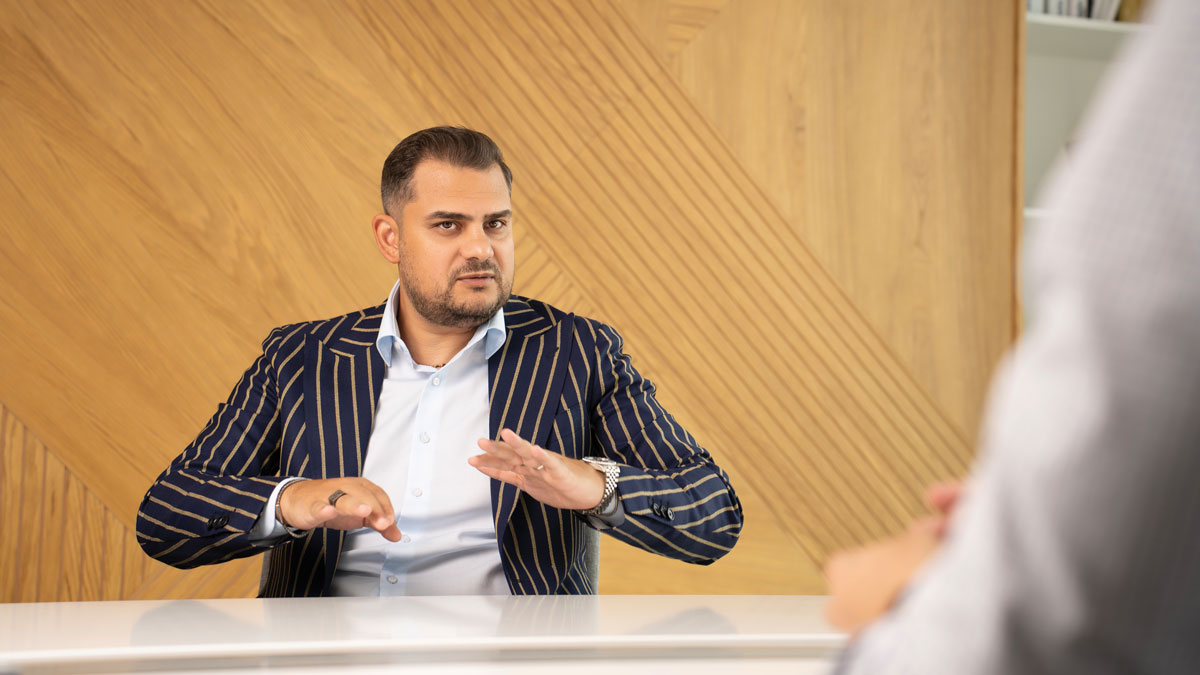
According to energy experts, regulatory interventions in the balancing markets may mitigate prices, but could put investments in battery projects at risk. What is your viewpoint on this issue?
Adrian Stan: We consider energy storage as a non-negotiable component of modern energy projects. From both a commercial and technical standpoint, integrating storage offers substantial benefits. It enhances the flexibility and resilience of energy systems, provides stability to the grid, and reduces the need for costly grid upgrades.
For the last two years, we’ve been advocating for the integration of storage solutions in all our projects. The technology has matured, and there are now proven, successful solutions available in the market.
What do you consider the major factors that hinder you in accomplishing the company’s goals?
Adrian Stan: The truth is, we’ve been fortunate in achieving almost everything we set out to do, thanks to our flexible and adaptable structure, which helps us navigate changes in legislation, shifting deadlines, and fluctuating costs. Our dedicated team works tirelessly to ensure we meet deadlines and uphold the highest quality standards.
However, one significant challenge we face is the need for greater clarity and predictability in the regulatory environment. While this is a common issue across the industry, it can create uncertainty and complicate planning and decision-making. Despite these challenges, we’ve always had the understanding and trust of our clients, which has been incredibly beneficial.
Talking about the company’s challenges during the ongoing and upcoming projects in Romania, you pointed out a most significant factor alongside the energy transition for a clean planet: the cultural transition. Could you please go onto detail on this topic?
Adrian Stan: In many tenders and project criteria, the primary focus remains on the lowest price and the quickest delivery. At AJ BRAND, we excel at meeting deadlines and deploying the necessary resources efficiently. However, achieving the lowest price while maintaining high quality and adhering to ESG (Environmental, Social, and Governance) standards can be a tough balance.
The reality is that sustainable practices often come with higher costs. For instance, recycling, using low-carbon products, and ensuring equipment traceability involve additional expenses. It can be challenging to communicate why these practices are not just costs but investments in a cleaner and more sustainable future. Moreover, in many areas where we operate, the infrastructure needed for effective waste management and other sustainable practices is often insufficient. This lack of infrastructure complicates the implementation of our ESG commitments and can lead to higher costs.
The cultural transition involves recognizing that investing in quality and sustainability is not just a cost but a necessity for long-term benefits. While it may seem more expensive initially, in the grand scheme, it proves to be more cost-effective as it supports the overall health of our planet and aligns with true ESG principles.
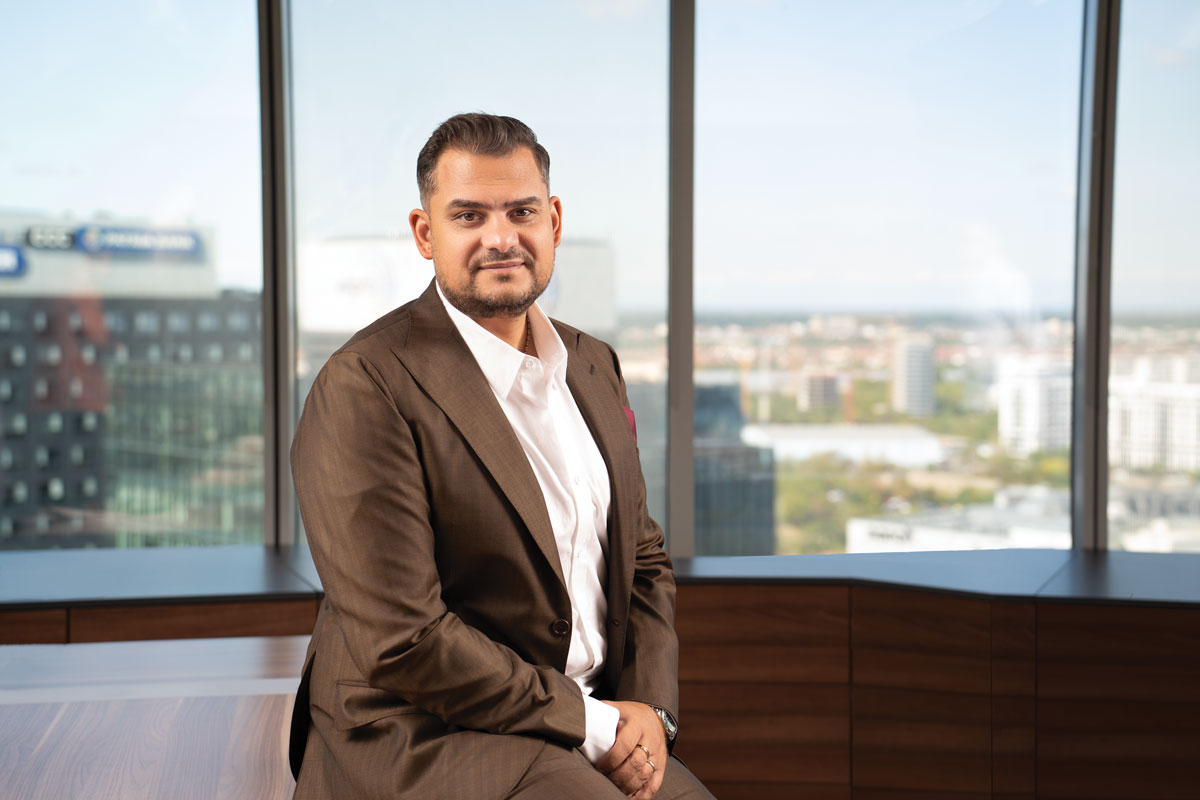
Everybody agrees that quality is paramount for developing the RES market in a proper way. What strategies should be adopted to achieve this objective?
Adrian Stan: Our approach has been to focus on partnering with clients who are committed to paying for quality. Once that Commitment is in place, everything else tends to run smoothly.
A key part of achieving this is building strong, trust-based relationships with both clients and partners. These relationships are essential for fostering a shared vision focused on delivering sustainable, high-quality projects.
Ultimately, time will show which projects stand the test of time, and those that are well-constructed will continue to operate at high capacity without recurring problems. Quality is not just about materials or technology; it’s also about the people involved.
Envisioning a greener future relies on a collective effort and belief that businesses can be a powerful force for positive change. What does AJ BRAND’s vision for a green future include?
Adrian Stan: At AJ BRAND, we believe that every project we develop, or construct should have a visible and lasting impact on the Quality of life in the local community. Our goal is not just to bring clean energy but to empower people. We aim to provide opportunities for residents to gain new skills, feel a sense of purpose, and see firsthand how these investments uplift their community.
A green future, for us, means clean, reliable energy, but it also means embracing sustainability at every level. We must be resourceful and make the best use of what we have while constantly evolving to stay ahead. Sustainability is not a one-time goal; it’s a continuous process of innovation and adaptation.
AJ BRAND’s vision is to lead the way in this shift, setting an example and embracing the responsibility to drive positive, sustainable transformations for a more sustainable world. If there is a future, it has to be green.


